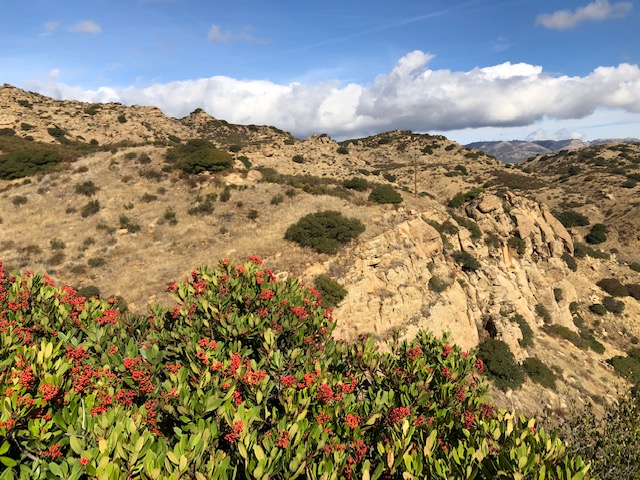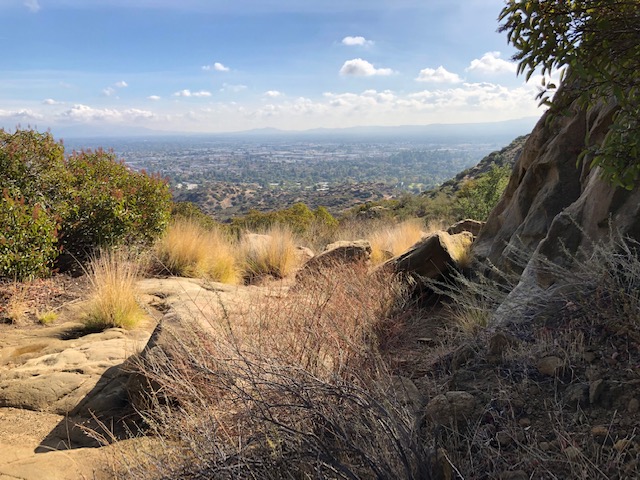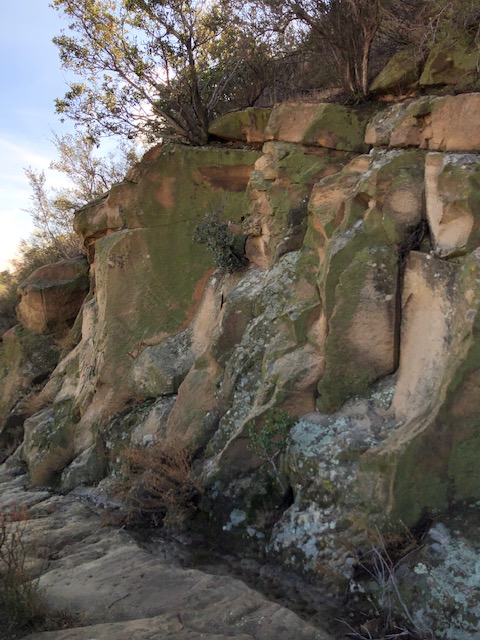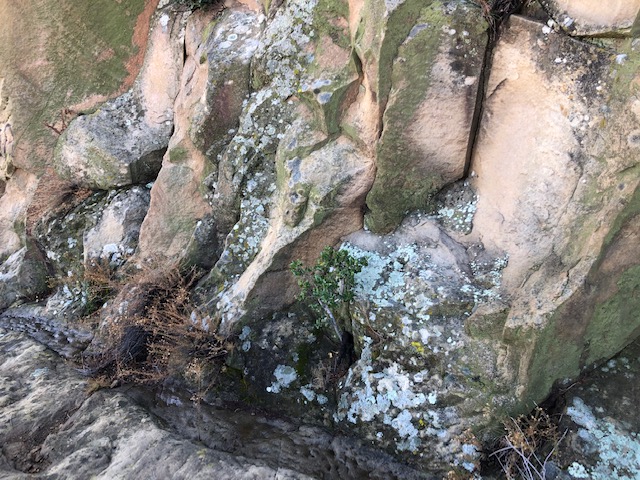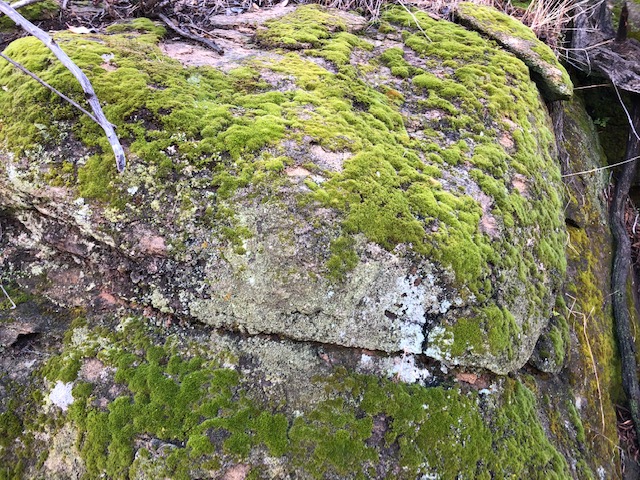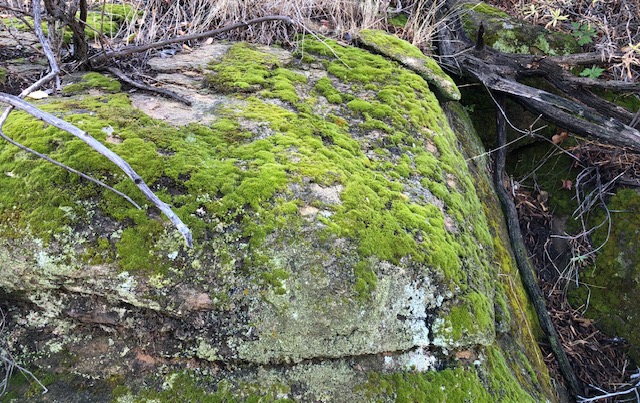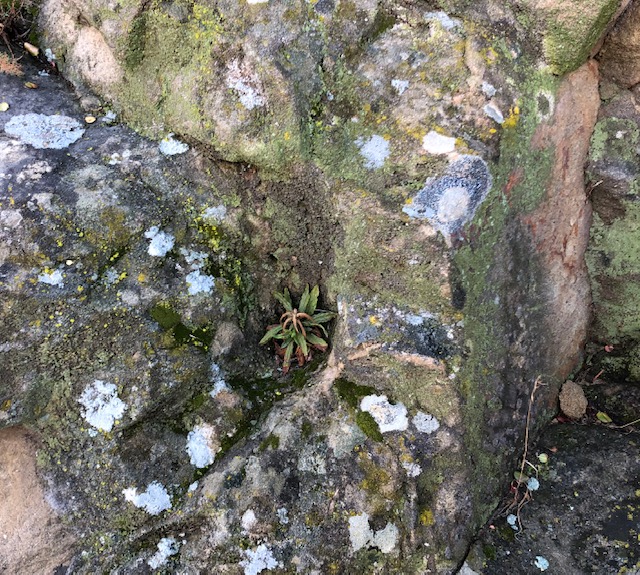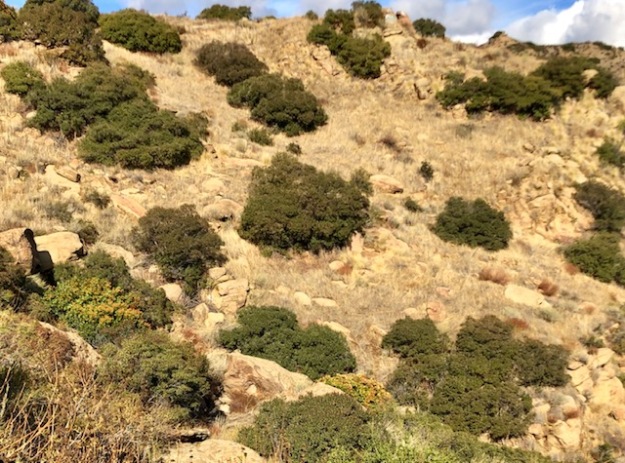Today I went for a walk again to Tujunga Wash.
It’s close enough to meet “exercise within neighborhood” guidelines, so it’s the perfect place to get some vitamin D and socially distant exercise. (Sadly, nobody goes to look at native plants. To 99% of Angelenos, these are “the tules,” the weeds, the sticks, the scrub, the wash, the concrete canyon, the waste place. Thus to escape Angelenos, native plants are a sure resort.)



The color palette of sage scrub is about subtlety; the sophistication of grey-green.
It’s been a torrent of a spring, changeable and tempestuous, weather that is itself a fun thing just to be out in, when every winged creature is cheeping and buzzing and flapping and croaking and cawing and wheeling overhead in a Wedgwood sky. It’s been torture every day to resist going out in the weather, to see what flowers have popped.




Prunus illicafolia, the holly-leaf cherry. The only cherry in the CFP. The flesh is delicious when ripe; the pits are highly nutritious, when the toxins are leached out by soaking. The pits were pounded into flour for a special kind of tortilla, or even a kind of honey-sweetened confection, like halwah.
To keep my weekly “parole” legal, focused and therefore efficient, instead of walking aimlessly, I’m planning to do a week-by-week photo-document of how this patch of scrub grows and develops through the season. Jepson couldn’t have asked for a better laboratory. In the next few weeks you can watch, with me, as Tujunga Wash Comes Out; the San Fernando Valley’s Oldest Spiring Debutante. (Ignore the concrete dress, writes Dorothy Kilgallen; Tujunga’s an Army Corps brat; but she’s got good breeding. She’s descended from Big Tujunga on one side, and Little Tujunga on the other; so there is good potential here.)




The Island snapdragon, native to the Channel Islands. Galvezia speciosa. Hummingbird, bee attractor.
Smog-free skies have contributed to this very robust growth. Pollution is even more toxic to the CFP than it is to traditional North American landscapes, so this is a good spring to monitor a smog-free bloom (we hope, the first of many.) Below, the lupines are going crazy; lupines and cholla and sunflowers? What an amazing habitat.


A very young laurel sumac leafing out… 

Mature laurel sumac: life’s the berries.

The spring’s sole, bellwether, buckwheat flower… 
Eriogonum fasciculatum 
Baccharis salicifolia 

Mulefat, a sweet-smelling key species for riparian habitats. Take this away and the birds and bees go, too.
We just had a week of record rainfall. too. But even with the sparkling air and the Midas touch of sunshine, this biome feels like it has found its feet at last; that individual plants are at last working together, merging into that emergent organism, the aromatic, wildlife-attracting, self-evolving scrub.


Black sage, Salvia mellifera 
It’s the black seeds that give the name. Sage seeds, highly nutritious, were a staple for the Indians.

White sage, Salvia apiana 



White sage, keystone of Coastal Sage Scrub. It has fragrant, almost pungent leaves, good for smudging. 
I had no idea sage could grow old enough to develop a gnarly, grapevine-style trunk.
In coming weeks, if I’m not in a ventilator, watch this space to see those white sage spikes fluff out in flower.








